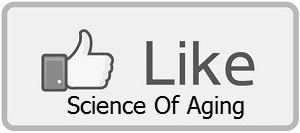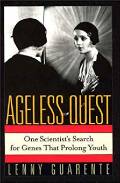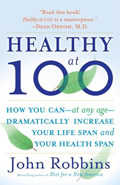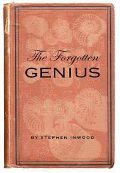Rudolf Virchow Endorses Cell Division and its Role in Pathology
 Who:Rudolf Virchow
Who:Rudolf VirchowWhen:January 01, 1858
Why: To advocate and popularize the theory that all cells form from other cells
Methods: Drawing upon published information
Institution: University of Berlin
Where: Berlin, Germany
 |
| Rudolf Virchow |
Every so often science is graced with a person who can become master of his field, rival politicians, and write to motivate masses. Rudolf Virchow (1821-1902) was both a scientist and a politician, who authored books ranging from Cellular Pathology to The History of The Phillipines. He championed universal education, freedom of the individual, and the government's roll in public welfare, founding the field of public health.1
In 1858 Virchow championed the work of Robert Remak, who had found convincing evidence that cells form by division. At that time Schwann's and Schleiden's physio-chemical explanation dominated the theory on the origin of cells, and Virchow would have to draw upon his subtle political and literary skills to popularize Remak's ideas.
 |
| From Cellular Pathology: Development of cancer from connective tissue in the carcinoma of the breast. a. Connective-tissue corpuscles, b, division of the nuclei, c, division of the cells, d, accumulation of the cells in rows, e, enlargement of the young cells and formation of the groups of cells which fill the alveoli of cancer, f, further enlargement of the cells and the groups. g. The same developmental process seen in transverse section. 300 diameters. |
Virchow did this by first publishing an editorial instead of a scientific journal, knowing that editorials were more widely read by medical professionals. Virchow also independently coined the phrase "Omnis cellula e cellula"(Cells originate from cells).2 A sound bite which caught on and rallied support for Remak's ideas.
Virchow expanded Remak's ideas into a series of lectures and published them in Cellular Pathology as Based Upon Physiological and Pathological Histology. The book contained the updated view of cell creation, covered cells in blood, lymph, nutrition, the nervous system, fat degeneration, inflammation, and the growth of pathological tissue, including cancer.3 Clear and comprehensive, the book garnered immense popularity that surpassed Schwann's and cast Virchow as the Father of Pathology.
References
- Otis, Laura. M�llers lab. Oxford University Press US, 2007
- Harris, Henry. The Birth Of the Cell. Connecticut and London: Yale University Press, 2001
- Virchow, Rudolf. Cellular Pathology as Based Upon Physiological and Pathological Histology. London, 1860




